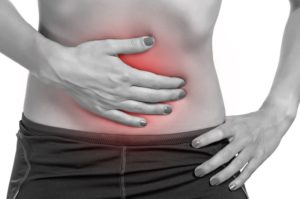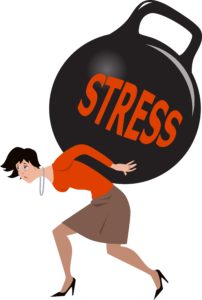
When these symptoms arise, the most common treatments prescribed are steroid injections and over-the-counter anti-inflammatory drugs. For those who seek a more natural and holistic approach to treating chronic pain, acupuncture may offer much-needed relief.
In one study, published in the Chinese Journal of Integrative Medicine, patients aged 18 to 70 suffering from chronic Achilles tendonitis were split into two groups: one treated with acupuncture and one asked to perform resistance exercises. While both groups reported a decrease in their pain, those who underwent acupuncture felt 85 percent more reduction immediately after treatment, and 113 percent more reduction later while at rest.
In another study conducted by Dr. Peter Dorsher, 100 percent of patients experienced pain relief following acupuncture, with “maximal relief” being achieved after an average of 3.9 sessions. What’s more, these patients reported significantly longer lasting results than those of medications and other traditional methods. More than eight months after treatment, 77 percent of patients were still experiencing complete resolution of their symptoms.
Acupuncture for tendonitis uses high-grade surgical steel needles to stimulate the pain points, as well as other acupressure points along the corresponding meridian. The stimulation of these points activates the immune system while also increasing blood flow — both of which help the body jumpstart itself into healing. Acupuncture may also prompt the body to release a surge of endorphins, which can act as immediate relievers of pain.
While individual plans vary, the treatment of tendonitis with acupuncture typically involves multiple sessions. These sessions may last as little as 20 minutes, but can provide months of ongoing relief. If you suffer from tendonitis or other chronic pain, schedule an appointment with a licensed acupuncturist in order to design a treatment plan specifically for your needs.


 The end of winter and early spring are prime times for the cold and flu. If you work in an office or frequently use public transit, it can seem nearly impossible to avoid some sort of illness.
The end of winter and early spring are prime times for the cold and flu. If you work in an office or frequently use public transit, it can seem nearly impossible to avoid some sort of illness. Originally developed over thousands of years ago, the Chinese treatment of cupping therapy has found its way into modern-day medicine. It’s an ancient practice in which small glass or plastic cups are placed on the skin. Suction is then generated using one of two methods: A small fire is created in the cup using a flammable substance such as rubbing alcohol or paper. As soon as the fire goes out, the cup is applied to the skin. As the air cools, it creates a vacuum, causing the skin and underlying muscle to be pulled into the cup. In more modern treatments, cups may have small rubber pumps, which allow the air to be drawn out without using fire.
Originally developed over thousands of years ago, the Chinese treatment of cupping therapy has found its way into modern-day medicine. It’s an ancient practice in which small glass or plastic cups are placed on the skin. Suction is then generated using one of two methods: A small fire is created in the cup using a flammable substance such as rubbing alcohol or paper. As soon as the fire goes out, the cup is applied to the skin. As the air cools, it creates a vacuum, causing the skin and underlying muscle to be pulled into the cup. In more modern treatments, cups may have small rubber pumps, which allow the air to be drawn out without using fire. What is gua sha?
What is gua sha?  Many people have heard about the benefits of meditation but have had a hard time learning how to meditate on their own. With
Many people have heard about the benefits of meditation but have had a hard time learning how to meditate on their own. With  What is Zusanli?
What is Zusanli?
 Between long meetings, tight deadlines, and unnecessary office drama, workplace stress can quickly become overwhelming. As a result, our mental clarity declines and our productivity goes down. Many of us then carry this stress back home, where we take it out on our families, partners, and healthy sleep cycles.
Between long meetings, tight deadlines, and unnecessary office drama, workplace stress can quickly become overwhelming. As a result, our mental clarity declines and our productivity goes down. Many of us then carry this stress back home, where we take it out on our families, partners, and healthy sleep cycles.